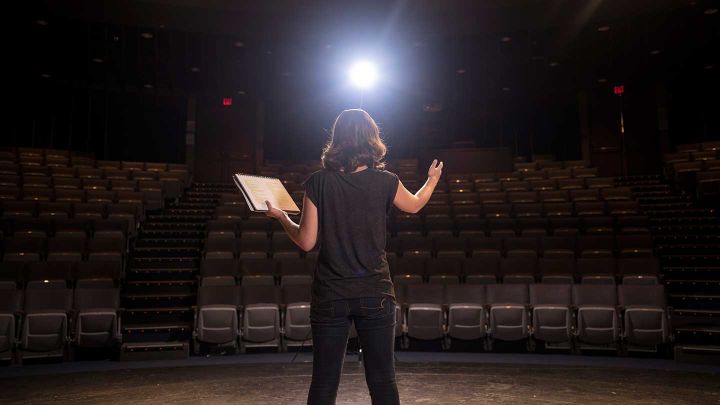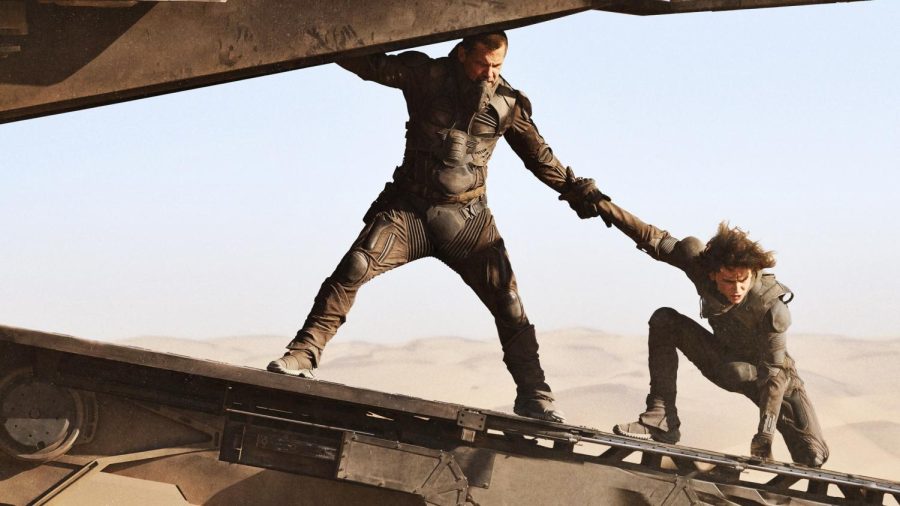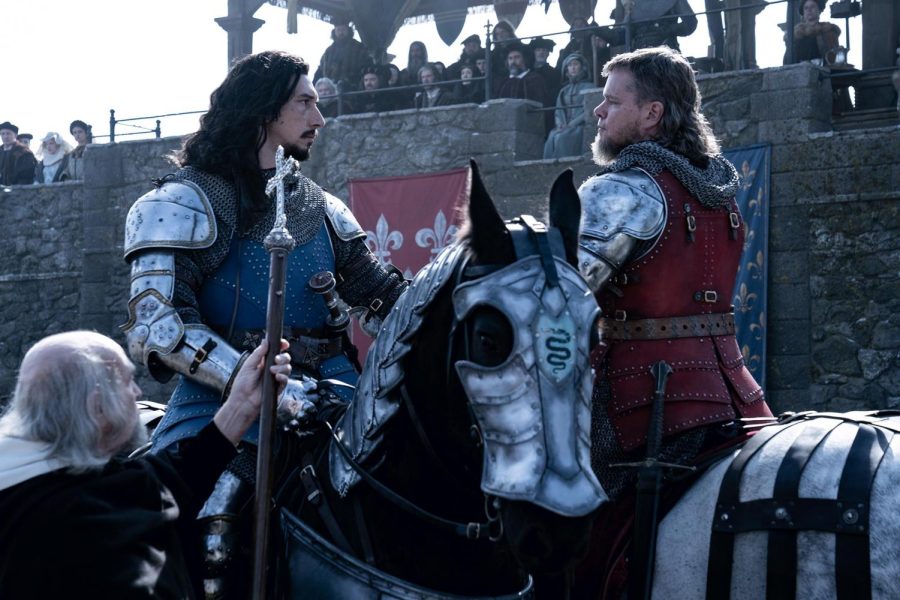American television produces many works of exquisite craft but few possess any discernible personality. Our entire television output, from hackneyed sitcoms to the empyrean heights of HBO and AMC, is carefully groomed and managed. While television continues to attract more prestige, the only place for genuine eccentricity in American television remains in children’s programming.
By contrast, though most Japanese television is decidedly third-rate, it can be a far more welcoming environment for visionaries — though it is also more cutthroat and prone to endanger one’s health. Kunihiko Ikuhara, who made his name as a director on the “Sailor Moon” television show that became such a popular Japanese import to the West, found his position at Toei Animation studio, which produced that show, unsatisfying and restrictive.
Striking out to form his own studio, he joined with a prominent manga artist, Chiho Saito, to create “Revolutionary Girl Utena,” a work whose beauty and intricacy is matched by its zeal in tearing down pretty illusions and idealized relationships.
Its protagonist, Utena Tenjou, is introduced as a young girl who was comforted after the death of her parents by a prince on a white horse. The prince gives her a ring and promises that it will lead her back to him; she’s so impressed by this man that she aspires to become a prince as well.
In an effort to protect friend Anthy Himemiya from the abuses of her high school’s curiously activist student council, she becomes involved in a series of highly ritualistic duels. The winner of these duels gains the right to possess Anthy, whose role is at first limited to the demure and almost servile Rose Bride, who will obey any orders.
All of the student council members, as well as Utena and Anthy, ascend to a realm of almost pure metaphor; the dueling arena and council chambers, among other locations, become spaces for dreamlike projections and surreal imagery that express at times unbearable desires of the characters. Particularly notable are the male characters in the show, most of whom are outrageously feminine, being fond of long hair and fabulous clothing.
Part of the pleasure of the show is watching these heightened and idealized forms prancing in their element, but “Utena” lets no idol or even memory go unexamined. Even Utena’s fairy-tale origin story is revisited several times, gradually squeezing it of any sentiment and leaving only the hard core. By the end of the series, the viewer might become exasperated by the show’s iconoclasm.
Reflecting on this, however, it becomes apparent that the show replicates the contradictions of adolescence, its inevitably unsatisfying conclusion admitting that even when we enter into adulthood we do not tie up all the loose ends. For college students, the question of which memories and which people we choose to take into the rest of our lives is especially acute, and we can experience the approach of independence with a certain dread as well as exhilaration.
It is these two extremes that “Revolutionary Girl Utena” is concerned with, the thorny as well as the rosy consequences of growing up into desiring bodies and ambitious minds who can hurt others so easily. The capacity to save another is intimate with the ability to destroy, and what this wonderful and symbolically heightened show can allow us to do is to feel these dark and light halves uncomfortably coexist.
All the while, we are hypnotized by the roar of car engines and the beautiful people we want to possess. This show was recently released in a digitally remastered DVD collection that, though somewhat pricy, is immaculately put together and well worth the investment. This is a spectacular work that deserves to be better known in the West.












